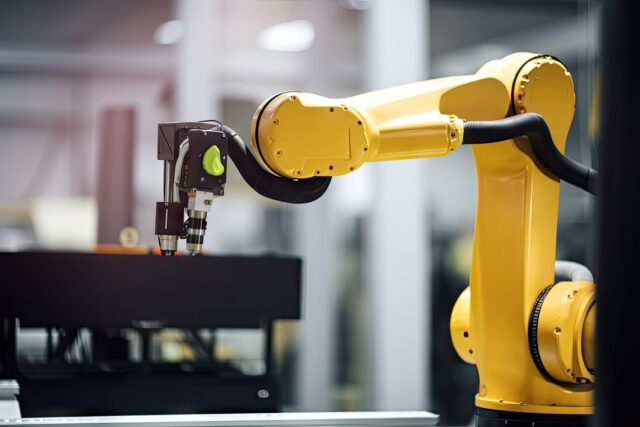Robin Riedel: Significant challenges ahead for supersonic aviation
The corner of the aerospace industry focusing on supersonic and hypersonic flight continues to face significant challenges, according to Robin Riedel, who co-leads the McKinsey Center for Future Mobility.
Speaking…

The corner of the aerospace industry focusing on supersonic and hypersonic flight continues to face significant challenges, according to Robin Riedel, who co-leads the McKinsey Center for Future Mobility.
Speaking to FINN at the end of 2023 about the prospects for flying faster than the speed of sound in the coming decades, Riedel said that the twin pressures of sustainability and capital investment may prove problematic.
“Both supersonic and hypersonic have a significant challenge,” he said. “On the one hand, you have sustainability playing against you, because these are not necessarily very sustainable models.
“And on the other hand, it just takes a lot of capital. As much as people liked the idea of flying faster, you now have things like JetZero building a blended wing body again, you have Boeing and NASA and others building truss-based structures.
“If you think about where the money is going to flow, is it really going to flow into super and hypersonic or is it going to go into the mainstream? I would think it’s more the mainstream.
“On the supersonic/hypersonic side, the interesting question is going to be is the defence world going to subscribe to that and actually fund quite a bit of that.”
Companies such as Boom Supersonic are working to bring high-speed air travel to the masses by the next decade.
Boom’s XB-1 supersonic demonstrator has completed several pre-flight milestones and is now preparing for high-speed taxi tests, which will take place once the aircraft is fully cleared to fly — now planned for early 2024.
In the last 12 months, XB-1 has received its airworthiness certificate from the Federal Aviation Administration, completed an extensive Flight Readiness Review (FRR), and successfully executed a series of integrated ground and taxi tests.
But Boom and others continue to face hurdles.
Riedel added: “A lot of people said Boom was getting to the end of its road, with engine manufacturers bailing out, and with them needing a tonne more capital. They surprised everybody: they got some Saudi capital in, they kept chugging along.
“Does that mean that they’re over the hurdle and they’re going to make it, I wouldn’t say that. But I think as an industry supersonic, whether it’s Destinus, or Hermeus, or Boom, they went through 2023 quite well.
“There was some funding, there were some engineering milestones happening. I think this is one of those things where everybody said, ‘at some point, this thing is going to have a reckoning and a realisation that things can’t continue on the path that they have’. But 2023 wasn’t that year. The question is, is 2024 going to be the reckoning?”
Subscribe to the FINN weekly newsletter
















